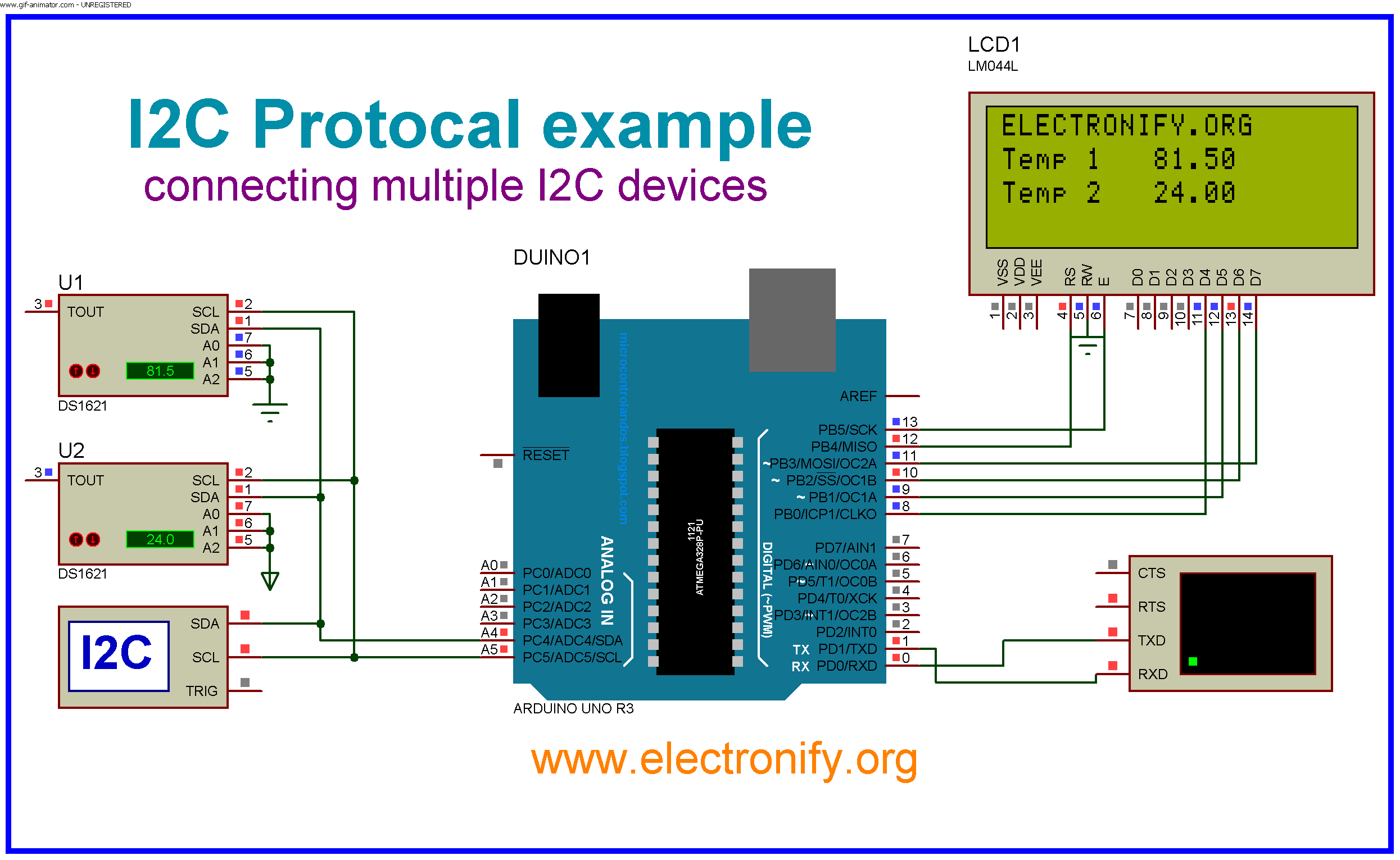
Custom function to send four bytes via I2C Clear the display, and then turn on all segments and decimalsĬlearDisplayI2C() // Clears display, resets cursor Wire.begin() // Initialize hardware I2C pins Unsigned int counter = 9900 // This variable will count up to 65kĬhar tempString // Will be used with sprintf to create strings Here we'll define the I2C address of our S7S. #include // Include the Arduino SPI library I2CĬommunication is closed with Wire.endTransmission(). Where address is the 7-bit address of the device set to There are example functions for setting the display'sīrightness, decimals, clearing the display, and sending aĮach I2C transfer begins with a Wire.beginTransmission(address) Library to interface with a Serial 7-Segment Display. This example code shows how you could use the Arduino Wire The functionality is comparable to the last couple of example sketches: language:c Here's some example code, using I 2C (download here). Should be useful if you're making a national debt clock! Thanks to I 2C's addressing scheme, you could chain a large-ish number of Serial 7-Segment displays using just these two I 2C pins.

These are useful if you want to link many S7S's together on a single I 2C bus. You may have noticed I 2C pins (as well as power pins) exist on both sides of the S7S. They should still be there, on pins A4 and A5 respectively. Older Arduinos may not have the devoted SDA and SCL pins. If(!display.There's not any give in this pin configuration you'll have to use the hardware I 2C pins. SSD1306_SWITCHCAPVCC = generate display voltage from 3.3V internally Static const unsigned char PROGMEM logo_bmp = #define NUMFLAKES 10 // Number of snowflakes in the animation example #define OLED_RESET -1 // Reset pin # (or -1 if sharing Arduino reset pin)Īdafruit_SSD1306 display(SCREEN_WIDTH, SCREEN_HEIGHT, &Wire, OLED_RESET) Declaration for an SSD1306 display connected to I2C (SDA, SCL pins) #define SCREEN_HEIGHT 64 // OLED display height, in pixels

#define SCREEN_WIDTH 128 // OLED display width, in pixels BSD license, check license.txt for more information All text above, and the splash screen below must be included in any redistribution. Written by Limor Fried/Ladyada for Adafruit Industries, with contributions from the open source community.

This example is for a 128x32 pixel display using I2C to communicate 3 pins are required to interface (two I2C and one reset).Īdafruit invests time and resources providing this open source code, please support Adafruit and open-source hardware by purchasing products from Adafruit! Pick one up today in the adafruit shop! -> This is an example for our Monochrome OLEDs based on SSD1306 drivers.

The following code should load: /*********


 0 kommentar(er)
0 kommentar(er)
